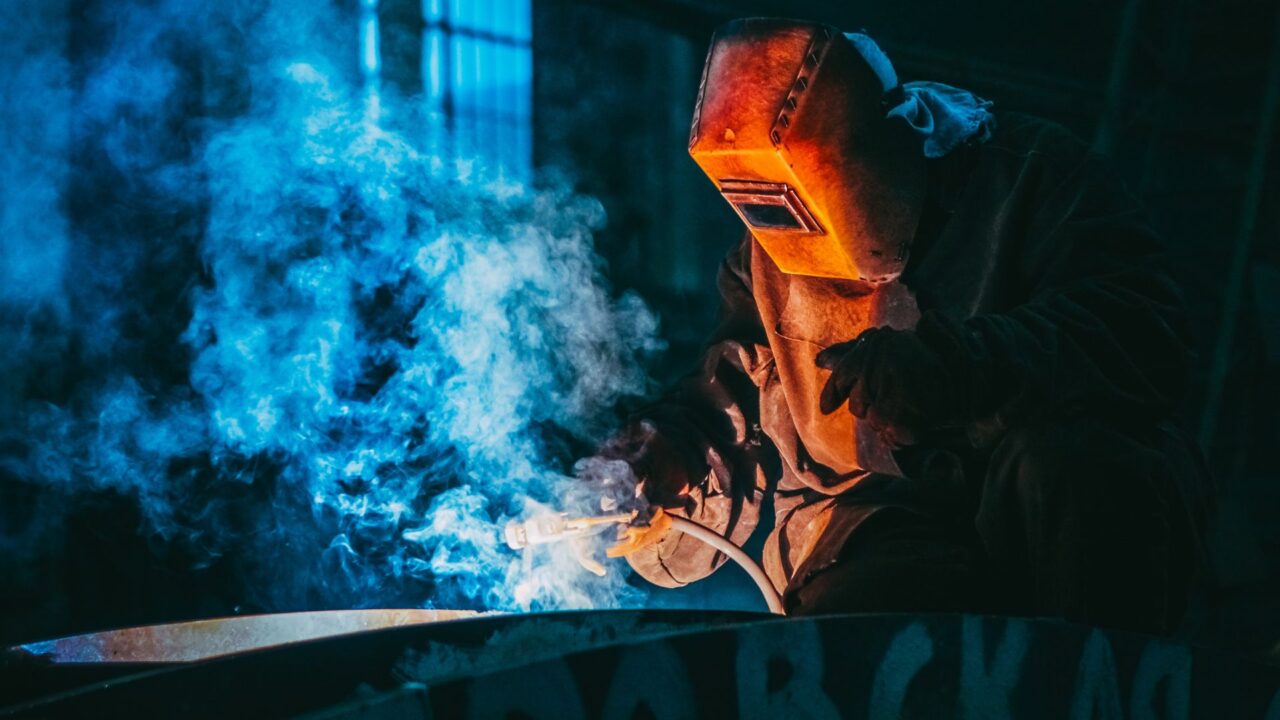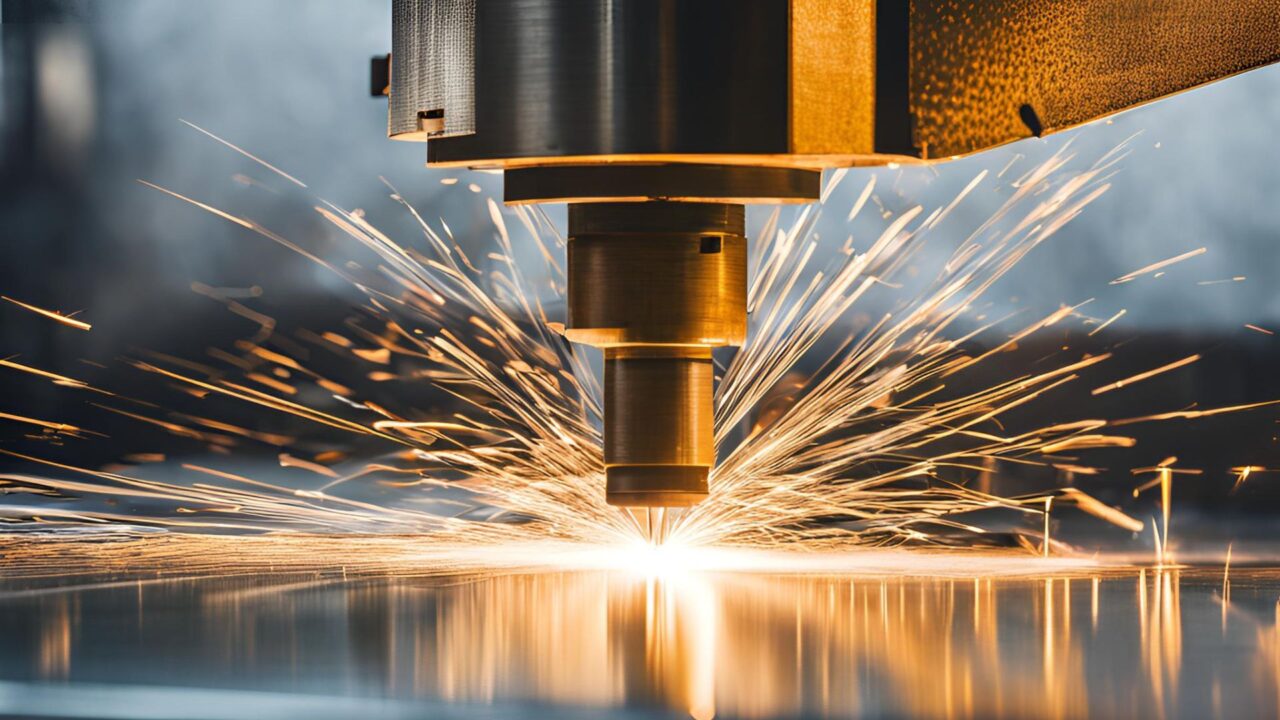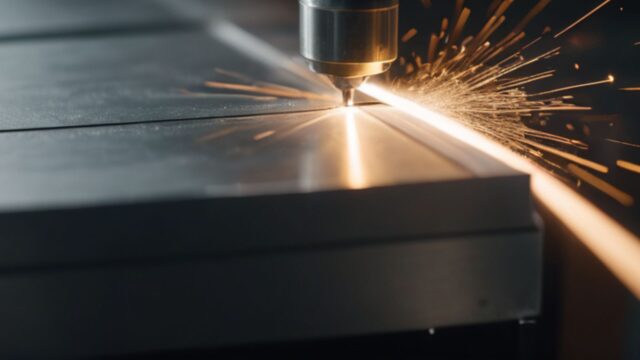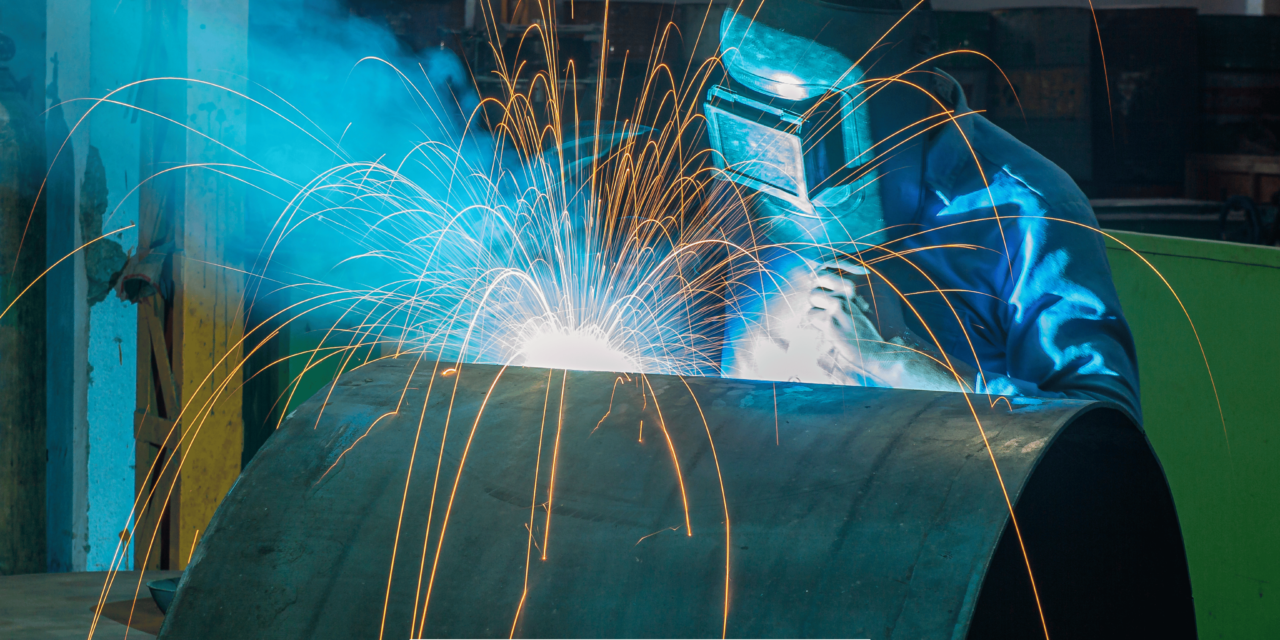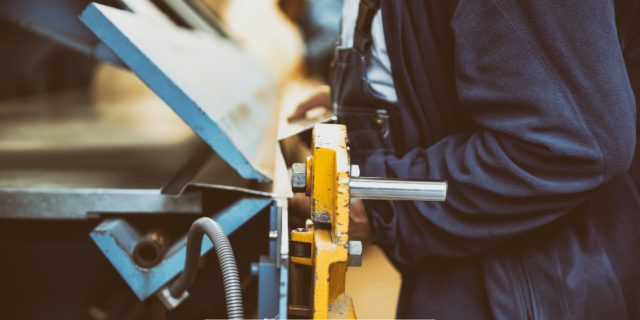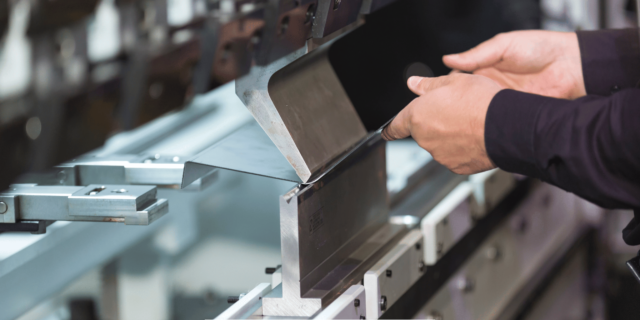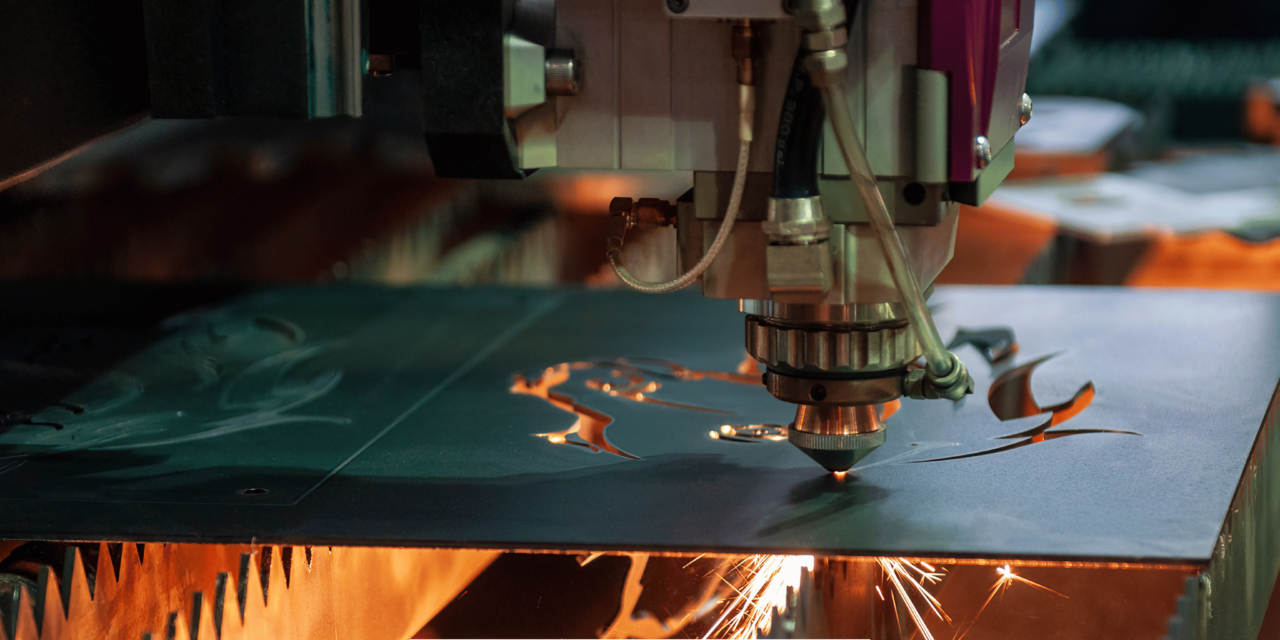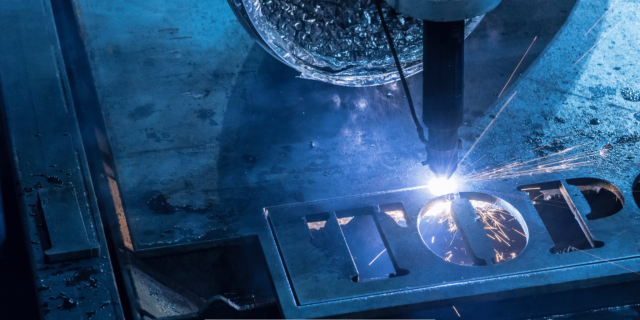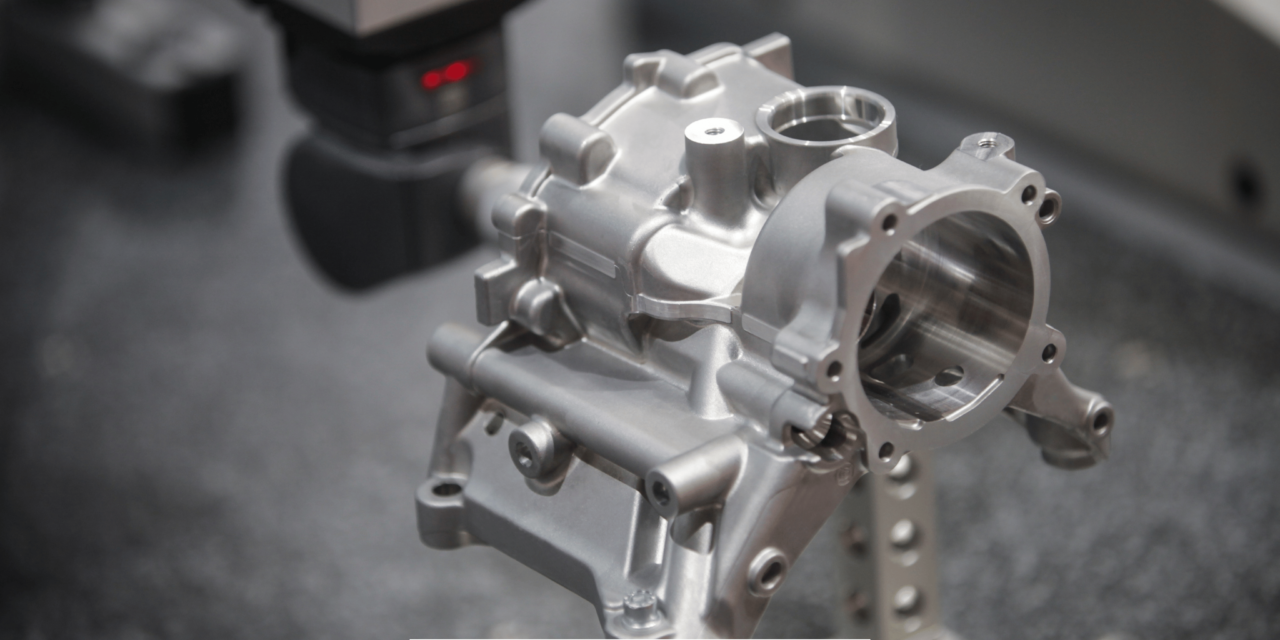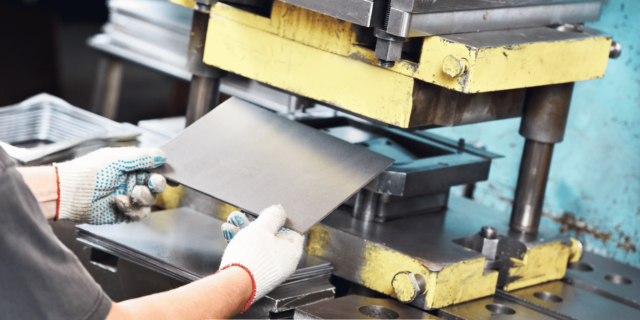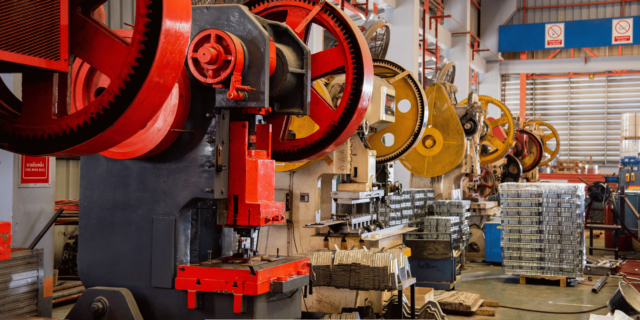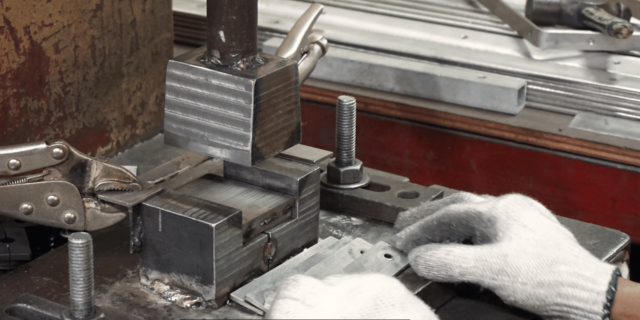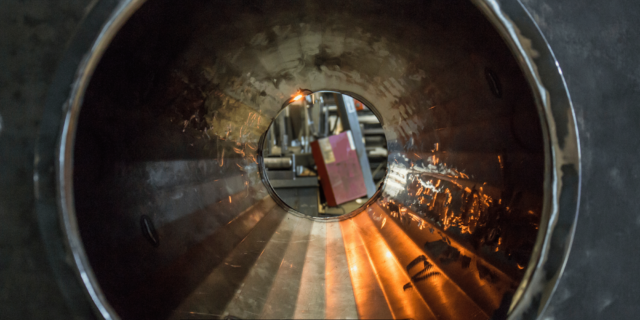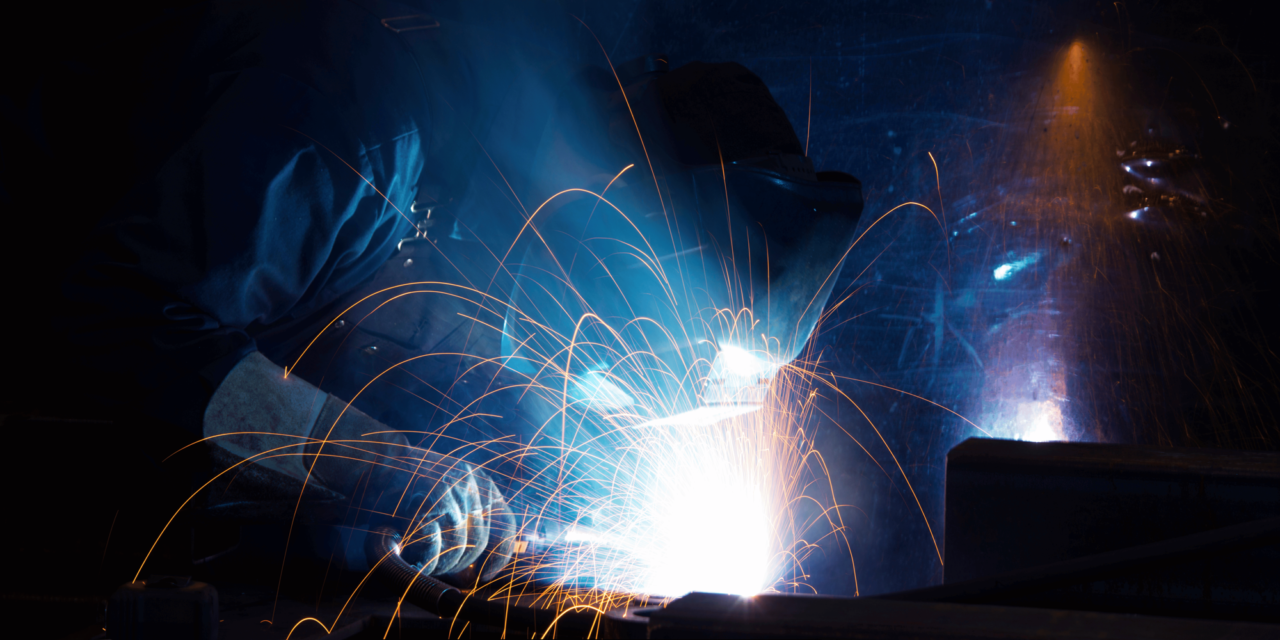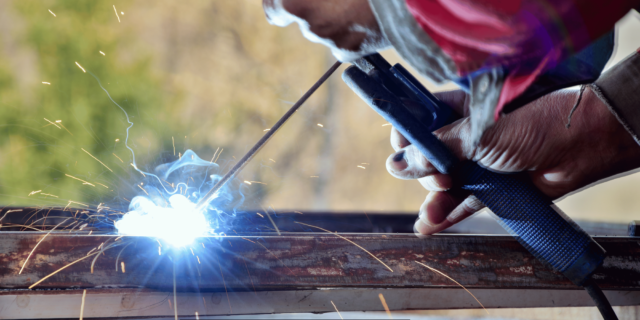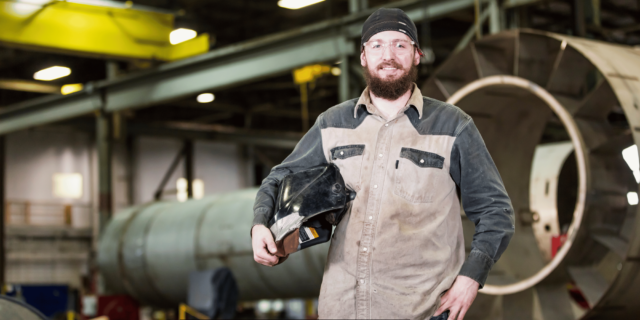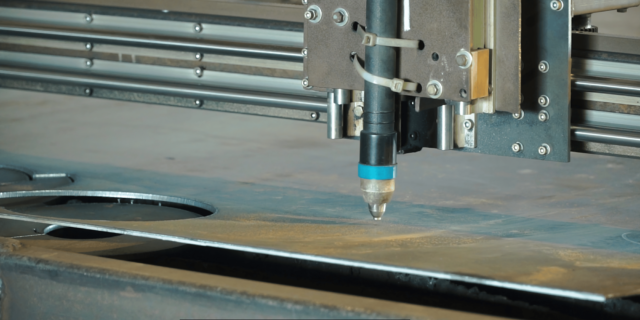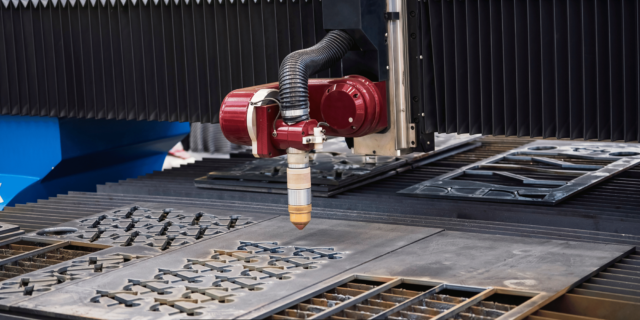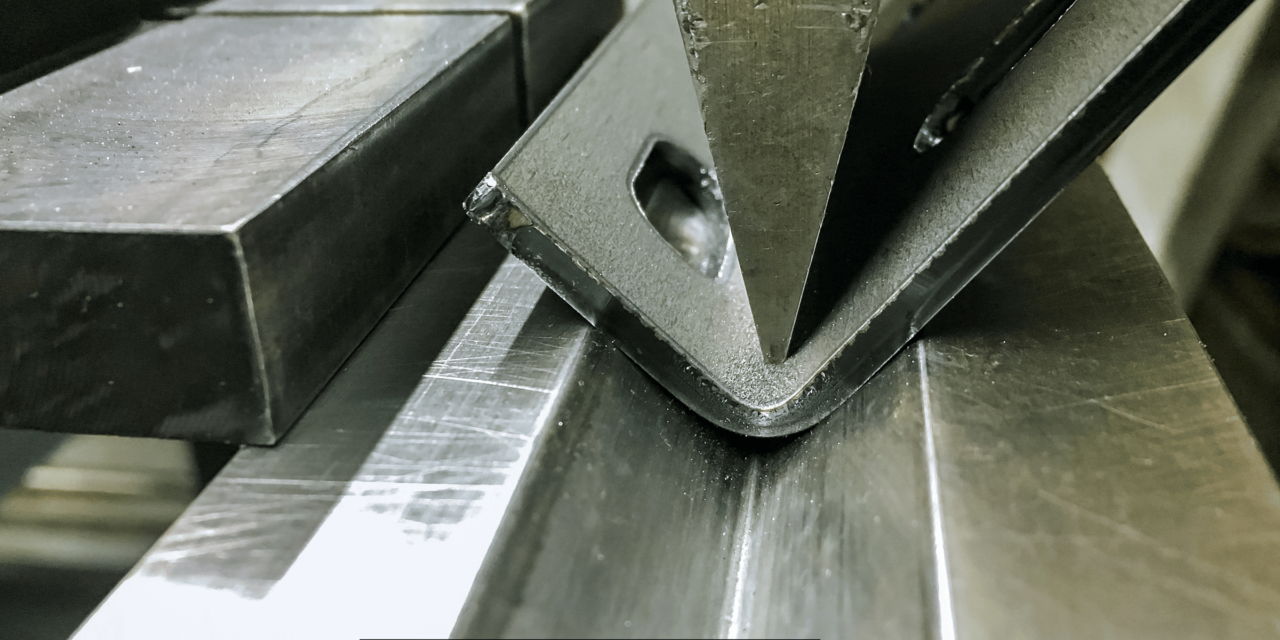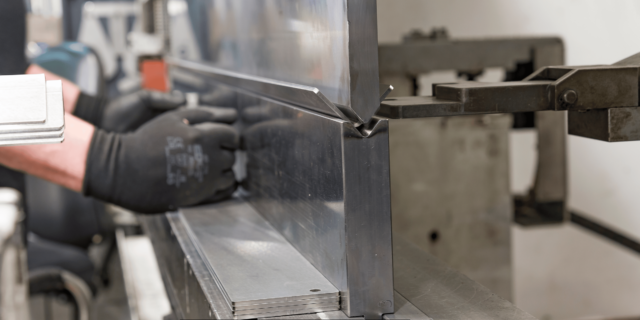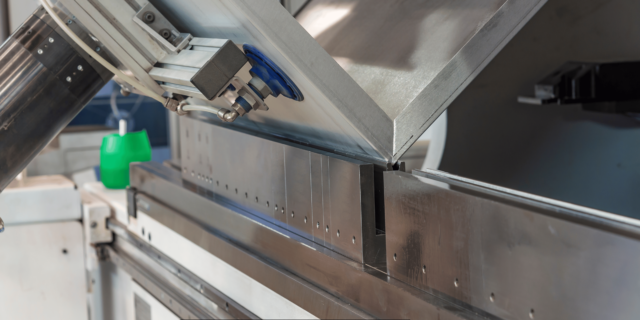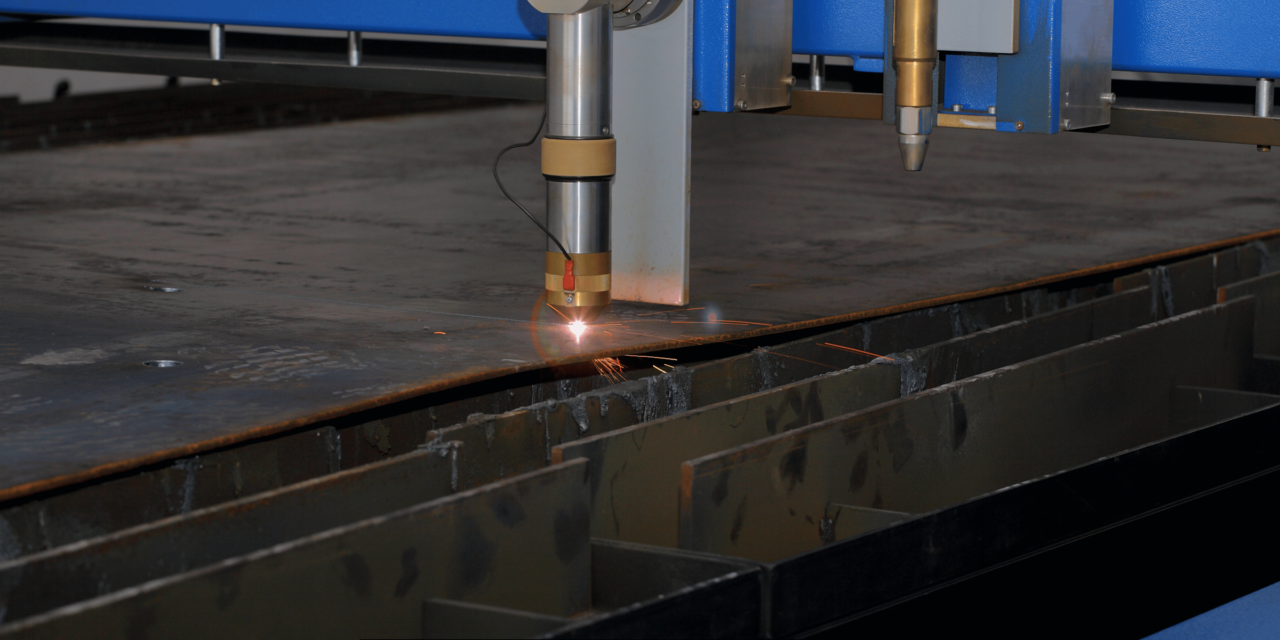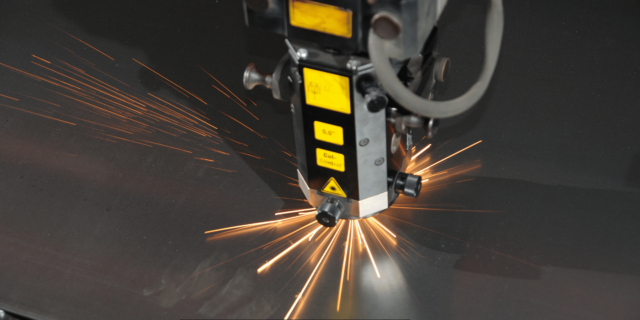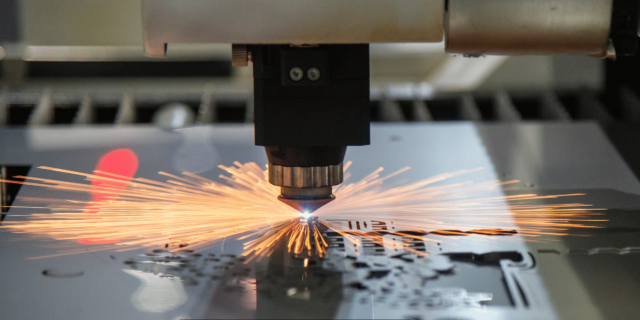However, the zinc coating poses some complications when welding galvanized steel, as noted below. While welding over the painted surface, the steel gets hot, and zinc vaporizes and comes out in thick white smoke, which includes zinc oxide dust. This fume is destructive health of the welders. Additionally, zinc can become a problem for weld quality unless some action is taken to mitigate it beforehand.
Hazards of Welding Galvanized Steel

Health Hazards
When the galvanized steel is being welded, zinc is apparent as zinc oxides enter a fume state. During welding, this fume appears as intense white smoke and has a solid-like consistency. Respacing of copper and zinc oxide fumes and particulate can result in metal fume fever or zinc shakes.
Metal fume fever causes flu-like symptoms, including:
– Fever, chills, cough
– Fatigue, weakness
– Nausea, vomiting
– Chest pain, metallic taste
Repeated breathing of the Zinc oxide fumes may also cause more severe diseases like bronchitis, pneumonia, and other respiratory diseases. The zinc oxide particulate formed when welding galvanized steel is hazardous as the particles can be quickly drawn into the lungs.
Weld Quality Issues
Other than the health risks, welding over galvanized steel also affects the weld quality if zinc is not well handled.
Issues that may arise include:
– Porosity –The holes in the weld are formed due to the trapped gas and Zinc vapor bubbles. This reduces strength.
– Cracking – the zinc found in the weld is incompatible with weld fusion and metal flow.
– Weak welds – contaminants decrease the strength of the joining area. Welds may fail under stress.
– Zinc embrittlement is a condition whereby if zinc penetrates the weld area, it tends to make steel much more brittle.
These quality issues are attributed to zinc penetration into the weld pool and disturbance of the welding process. Flaws mean that to some extent cracking and porosity result in the formation of bad areas, and reduction of toughness leads to loss of elasticity.
Galvanized Steel Welding Preparation
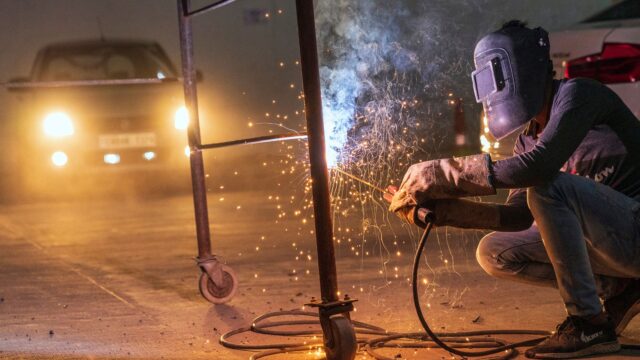
While galvanized steel introduces health and quality risks during welding, there are some techniques for dealing with the zinc coating before welding:
Grind the Zinc Coating Off
If you have an angle grinder or can even buy a particular grinding wheel, it would be pretty easy to grind through the zinc coating along the weld area. This should go at least 1.5-2 inches forward of this point where weld will be done. Reduce the material to shiny metal or steel.
If there are some particles of zinc flakes remained on and around the ground weld area, clean it with a stainless-steel wire wheel brush. This in turn assists in minimizing the chances of getting zinc contamination of the weld.
Utilize Zinc Removing Chemistries
That is why there are particular chemical solutions for the galvanisation, or removing the zinc layer before welding galvanized steel. Almost all contain phosphoric acid, which may be diluted or used in a gel that adheres to verticals.
These chemicals dissolve the zinc coating so as to generate a water-soluble phosphate compound. You clear this with a wipe or rinse, then you get the steel exposed. It is essential to comprehend these zinc removers work along the recommendations provided on the packaging of the products.
Nevertheless, some types of galvanized steel, particularly the coupons, continue to release zinc fumes during welding after applying these removal techniques. It is essential to ensure you have a fume extractor nearby the weld zone to be ready to collect noxious smoke.
Use Let it Cool and Brush Off Slag techniques
When liquid zinc is applied to the occurring galvanized coating, some of it boils off and may take iron particles from the steel with it. The zinc/iron alloy on the steel surface and forms flaky slag.
Remember, if welding galvanized steel, it is advisable that the weld is left to cool and then is wire brushed. It helps clear any slag, if there would have been any accumulation near the weld joint. In case it remains on the weld joint, slag lowers corrosion resistance of the weld joint.
Application of Low Hydrogen fitting material
Utilizing low hydrogen type filler material for welding is highly preferred due to several reasons advertised ahead.
The suitable filler material should also be selected because the material might absorb significant moisture during welding. Two types of electrodes, namely cellulose electrodes and rutile flux core wires, are readily permeable to moisture. When welding over galvanized steel, this will create weld porosity and welding cracks.
Can Welding Galvanized Steel Be Done Safely?
However, welding galvanized steel introduces some of these risks, but it is possible in many situations. However, to use galvanized steel is possible only with certain precautions than standard steel.
In welding proper ventilation along with the use of a respirator also reduces uptake of zinc oxide fumes as they are given off. Last but not least, it is essential to modify technique and employ low-hydrogen filler metals as a response to moisture challenges.
However, if proper preparation of the joints, adequate ventilation and type of electrodes are employed welding of galvanized steel can be difficult and there are many challenges. But there is health risks occasioned by smoke produced from zinc oxide and it may therefore not be advisable to weld galvanized parts by yourself without taking professional help.

